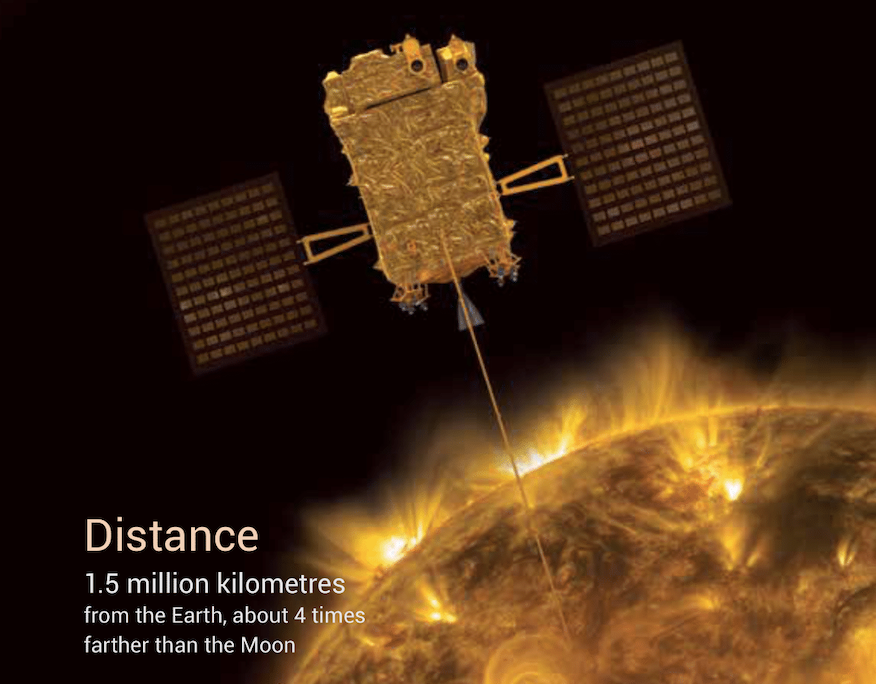After the Moon, India will aim for the Sun

After joining the club of countries that have managed to carry out a controlled landing on the moon, India has set September 2 as the date for the launch of the first observatory in space to study the sun
After the Moon, India aims for the Sun.
India's first observatory to study the sun will be launched into space on 2 September.
This was announced today by the Indian Space Research Organization (ISRO) in a post on X. “The launch of the Aditya-L1, India's first space-based observatory for studying the sun, is scheduled for 2 September 2023 at 11:50 (6:20 in Italy) from the base of Sriharikota ", on the Bay of Bengal.
The announcement comes days after India became the first country to land a spacecraft on the unexplored south pole of the Moon. On August 23, India joined the club of countries that managed to carry out a controlled landing on the moon, consisting of Russia, the United States and China. A historic moment for the world's most populous country : the Chandrayaan-3 mission landed near the little-explored lunar south pole, a world first for a space program.
All the details.
WHAT ADITYA-L1 WILL DO
Named after the Hindi word for sun, the Aditya-L1 is India's first space-based solar probe to study solar winds, which can cause disturbances on earth and are commonly seen as "auroras". reports Reuters .
The aircraft will travel about 1.5 million km according to the Indian agency,
“The total travel time from launch to L-1 (point Langrange) would take about four months for Aditya-L1,” ISRO said in its X post.
HOW MUCH INDIA IS SPENDING ON ITS SPACE MISSIONS
According to Reuters , the Modi government allocated the equivalent of about $46 million for this mission in 2019.
India has acquired a reputation for successful space launches at minimal cost.
A few days after the Russian lander Luna-25 crashed on the lunar surface before the attempted landing, the Indian Chandrayaan-3 lander successfully landed on the surface of the moon on 23 August. A revenge for the country after the failure four years ago of the Chandrayaan-2 mission, costing 140 million dollars, of which contact was lost a few minutes before the scheduled landing near the little-explored south pole of the Moon. In 2020, ISRO estimated that the Chandrayaan-3 mission would cost about $75 million.
This is a machine translation from Italian language of a post published on Start Magazine at the URL https://www.startmag.it/innovazione/dopo-la-luna-india-punta-al-sole/ on Thu, 31 Aug 2023 08:30:45 +0000.
